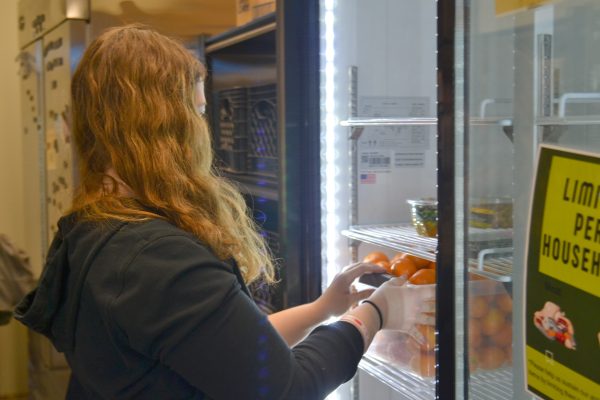Smoking Snuffed Out
Effective approximately June 1, 2018, a full ban on tobacco products will be implemented on campus.
According to the Centers for Disease Control and Prevention (CDC), 19.1% of Minnesotans are smokers and Hamline’s leaders are working to lower that number on campus. As passed this fall, smoking on the Hamline campus will become prohibited, effective June 1, 2018. This ban of tobacco products is a furthering of the rules already posted along many Hamline buildings that state ‘No Smoking within 25 feet of this Building.’
Over an email interview, Hussein J. Rajput, Director of Counseling and Health Services, said, “In July of 2013, a group of concerned faculty, staff, and students formally asked then-President Hanson to appoint a task force to study the issue. The task force conducted a community survey with 853 participants.”
The majority of the support from the survey was to limit the products on campus. The task force kept the survey in mind as they implemented new smoking area’s around Giddens Alumni Learning Center (GLC) and Bush Memorial Library.
“The task force ultimately recommended better enforcement of existing policy and limiting use to 2-3 designated smoking areas on campus,” Rajput said.
There was a question that came upthough. Why the new shift from limiting the use of tobacco products to certain designated smoking areas, to the complete removal of smoking on campus?
“With new leadership, we are taking a different approach to this issue,” Hussein said. “As President Miller has noted, making the campus tobacco-free is one component of a broader effort to promote the wellbeing of our campus community.”
Though there are a lot of questions that cannot be answered as of yet, the plan is still in it’s beginning stages.
“The Implementation Team, appointed by President Miller, is still in the planning stages…” Rajput said.
He did say there is no intention of punishment on the table yet for those who smoke on campus, but he does believe the no smoking policy will be effective on campus.
“I don’t think anyone on the implementation team is interested in taking a punitive approach to enforcement,” Rajput clarified. “When the policy goes into effect, there will be signage around campus to remind members of our community (as well as visitors) that we are a tobacco-free campus. Over time, I think that social norms will lead the vast majority of individuals to observe that expectation simply out of respect for others.”
Though students like First-year Tara Westerlund had a resounding question: Why is this compulsory for the college?
“I don’t know why they feel like it’s necessary. I think that everyone here is an adult and it’s not illegal to smoke… It’s a personal decision and I don’t believe it’s the college’s place,” Westerlund said when she learned of the new rule. “Most people who smoke keep to the smoking areas, and those who don’t keep out of them. It’s a simple thing to stick to.”
When posed with this idea, Rajput gave the clear explanation of the committee.
“I believe that this policy makes sense for a number of reasons,” Rajput said. One is that smoking rates among young adults have actually been rising since the 1990s. Hundreds of thousands of individuals begin smoking while in college. Among those who start out as occasional smokers, the progression to daily smoking almost always occurs by the age of 26. Lifestyle habits, for better and for worse, are often established during the college years. From a public health standpoint, environments that support a tobacco-free lifestyle will literally save lives over the long run.”
First-year Emily Luo understood the problems of smoking, but did not understand the school’s reasons behind banning smoking.
“I think it’s bad for you to smoke, but people can do whatever they want,” Luo said. “If we’re being honest, they’re still gonna smoke in the parking lots or on the public sidewalks anyways. I don’t smoke, but I don’t know why they need to ban it.”
Rajput had many supporting factors that those in charge of this ban took into account.
“We also know that there is no safe level of exposure to secondhand smoke. A study from the U. of M. found that the main place where students were exposed to secondhand smoke was on campus, as opposed to restaurants and bars, for example,” he said.
While many students seemed opposed to this ban, those like First-year Grace Coskran had another idea.
“Second hand smoke is so bad for you… and smoking itself is bad for you,” Coskran said. “Limiting young people’s exposure to it is… the best thing we can do for the overall health of our campus.”
Though, Coskran did see other disagreements that may be had.
“Free will gives you the ability to make that choice, and maybe it’s impeding on it to ban smoking on campus;… however, I think promoting the wellbeing of everyone here is a right administration has.”
Hussein ended his argument by calling upon campus’s who have already implemented this ban.
“Finally, we will be in good company as we go tobacco-free. Macalester, the University of St. Thomas, St. Catherine University and the University of Minnesota-Twin Cities are also tobacco-free campuses.”





